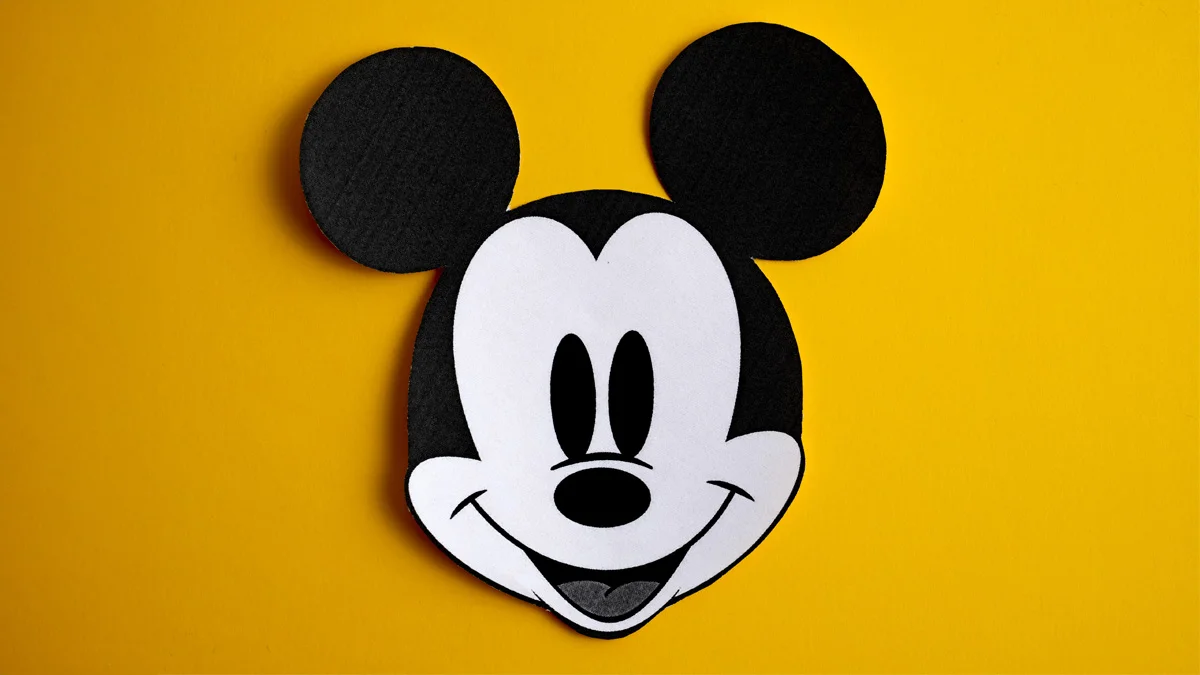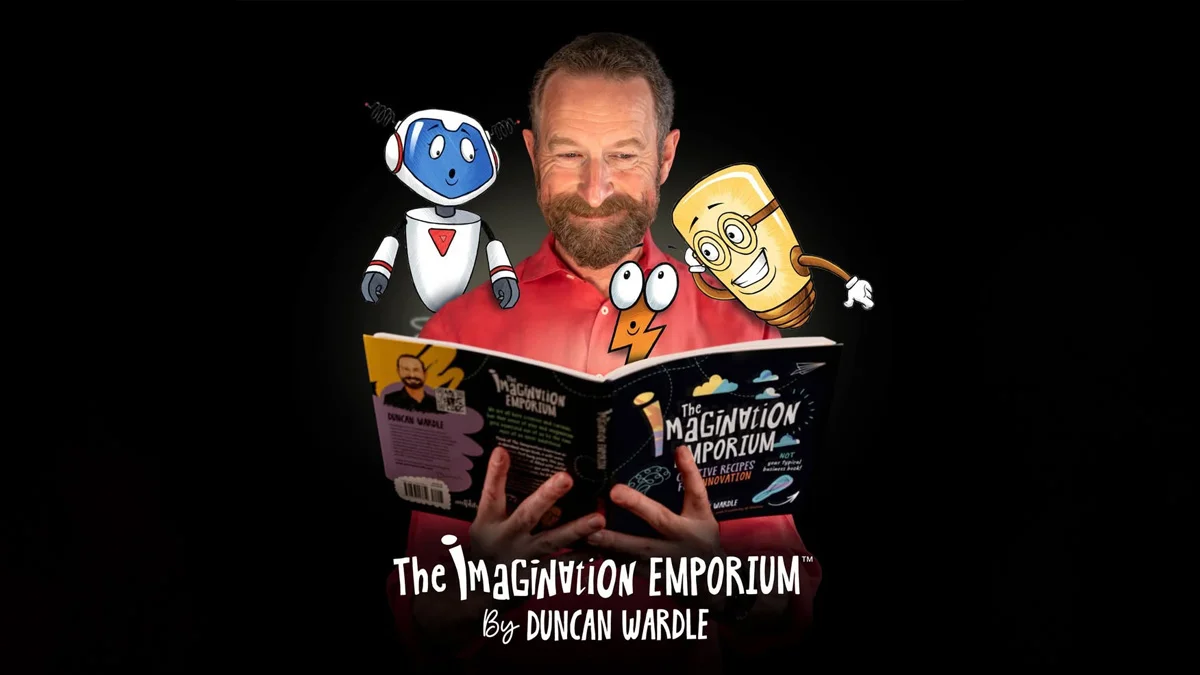
One definition of insanity is said to be doing the same thing over and over again while expecting different results. While doubt has been cast on the suggestion that Albert Einstein is the source of this famous quote, the lesson behind it rings true.
Is your business stuck in a rut? Breaking the mould and looking at doing things differently can spark a change that propels it not just into the new year but into a new dimension. If this appeals, then this Masterclass from Duncan Wardle – former head of innovation and creativity at The Walt Disney Company – is for you.
Wardle grew up in the Scottish Highlands. His master of discipline at school was an old Spitfire pilot for whom the definition of a winter sport was changing the colour of the rugby ball so you could see it in the snow. But one job ad with Mickey Mouse on it changed his life.
He found work as a barman in the Rose & Crown Pub in Disney’s Epcot theme park in Florida in 1986. After a year in the role, he returned to London but couldn’t shake his love affair with Disney. The company had just 30 people on the ground in the capital at the time but he wanted to be part of the team and the journey.
“I phoned the office at 10.30am every day for 27 days straight,” Wardle says. “Julie, the receptionist, got so fed up with me calling that she got me a job as the coffee boy. I used to get my boss six cappuccinos a day from Bar Italia on Frith Street, which is still there.”
He was told after three weeks that he would be character co-ordinator at the royal première of the 1988 film Who Framed Roger Rabbit. All he had to do was wait at the bottom of the stairs for Roger to meet Diana, Princess of Wales.
“That’s the day I learnt what a contingency plan was because I didn’t have one,” he says. Large costume feet and a flight of small stairs aren’t the dream combination, and what resulted was Roger hurtling downstairs towards a member of the Royal Family and getting flattened by her protection officers.
The next day, he received a call from Disney’s chief marketing officer in Burbank, Los Angeles, saying: “That’s great publicity!” It kicked off a 20-year stint in PR that would see him send his son’s Buzz Lightyear toy to spend 18 months on the International Space Station, build an Olympic-size swimming pool for Michael Phelps to swim in down Main Street in Disney World, develop the idea for Disney+ and much more.
“Then I got this call from our CEO,” says Wardle. “He said, ‘You’re the guy with all the big and mad ideas and you seem to get them done, you’re going be in charge of innovation and creativity.’ My response was, ‘What the hell is that?’ He said that he wanted to embed a culture of innovation and creativity into everybody’s DNA.”
The first thing Wardle did was survey 5,000 people across Pixar, Marvel and Lucasfilm, asking them what the biggest barriers were to being more innovative and creative at work. Five answers emerged:
1. I don’t have time to think
2. We don’t have the resources
3. We say we are consumer and client-centric but we're measured by quarterly results
4. Our ideas seem to get stuck, diluted or killed before they move through the organisation
5. We all have a very different definition of creativity

Wardle went away and crafted a toolkit that is designed to help people stop thinking the way they always have and help them think differently. He has now turned it into a book, The Imagination Emporium: Creative Recipes for Innovation.
He didn’t want it to be a 50,000-word business book that sat on the shelf gathering dust. Instead, he drew inspiration from his mother’s cookbook and made it so that busy people could dip in and out of it.
One exercise draws on a cardinal concept from the world of improvisational comedy: “yes and”. The idea is that everything can be built upon, and this encourages collaboration. Laughter and enthusiasm spill over during a dopamine-infused exercise as people respond to each other’s ideas and collaborate to create something unique and wonderful.
But most importantly, what the exercise produces is a homogeneous collective of actions or ideas that everyone has contributed to. It’s not “my idea” or “their idea”, it’s “our idea”.
The antithesis of this is running with the same idea, where instead of “yes and”, you say “no, because”. What results from “yes and” is layer upon layer of creativity and bonding, making the idea bigger. What results from “no, because” is that the idea is cut down, becoming almost minuscule.
The “yes and” exercise is an example of what Wardle calls an energiser. It’s a short 60-second game designed in a very specific way. It plays on what science refers to as the reticular activating system, the link between the conscious and subconscious. Why is this important? Because 95 per cent of brain activity is subconscious.
He likens it to having a verbal spat. Thirty minutes later, the killer one-liner that you should have used pops into your head. That’s because your mind is working in overdrive trying to come up with a response. At work, you’ve got emails, presentations, someone’s birthday, after-work drinks, etc. But when you’re in the shower, you’re quiet and enjoying blissful calm. It’s often where we get our best ideas. Energisers are designed to make people laugh. This is one of the signs that the “door” between the conscious and subconscious is open.
Another exercise is “what if”, which allows you to break rules without actually breaking them. “No matter the organisation or industry,” says Wardle, “I can always count on at least one person to chime in with some version of: ‘Oh, we could never do that here. We have rules to follow.’ But many rules are self-imposed, and even sacred ones can be killed.”
Enter what if.
An example of this happened at a small company in Nottingham in the late 1960s. It made drinks glasses before the days of automation and had a breakage problem in the packing and shipping department. Watching what happened on the shop floor, managers wrote down the rules:
- 26 employees
- Cardboard boxes
- 12 glasses to a box
- Six on top
- Six on the bottom
- Each separated by corrugated cardboard
- Glasses wrapped individually in newspaper
During the observation, they noticed that employees were distracted because they were reading the newspaper. Somebody asked the provocative what if question: “What if we poke their eyes out?”
The lady sitting next to him said: “What if we just hire blind people?” Production went up 46 per cent, breakage went down 26 per cent and the government gave the company a 50 per cent salary subsidy for hiring people with disabilities.
These are just a few ideas of ways of getting teams to think differently about a problem and its solution. We don’t know what 2025 holds for business but we will be left behind if we rest on our laurels while others think creatively and get ahead.
Related and recommended
The hotel executive believes the hospitality industry needs to be proactive in hiring to reflect society
The legendary ad exec believes leaders should collaborate with the technology, rather than use it as a tool
Entering new markets drives growth but can trip up the unwary. Here’s everything you need to know before you start
Richard Harpin, the founder of HomeServe and Growth Partner and owner of Business Leader, answers your burning business questions
